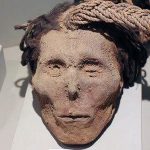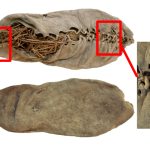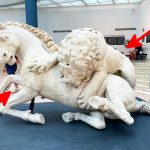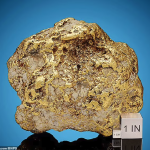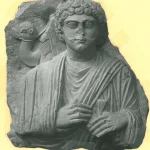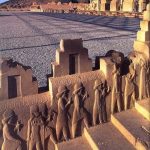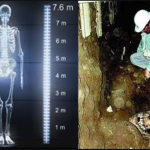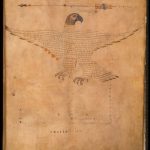The National Museum of Nature and Science in Tokyo is displaying a fossilized triceratops named “Raymond.”
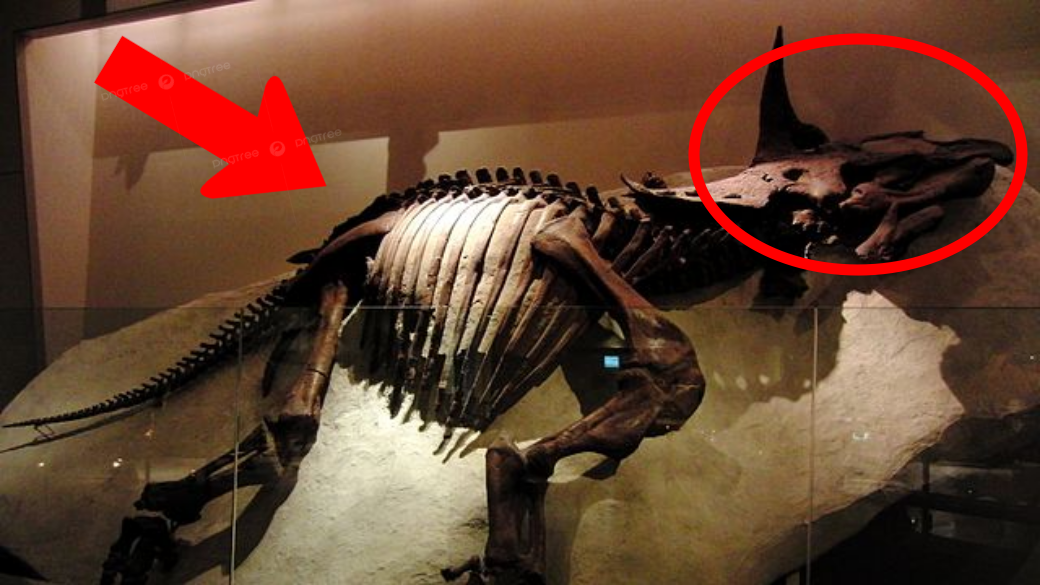
The fossil of Triceratops, affectionately named “Raymond,” is a remarkable specimen of the species Triceratops horridus. Bearing the registration number NSM-PV 20379, this fossil is one of the prized exhibits at the National Museum of Nature and Science in Tokyo, Japan.
Triceratops horridus, one of the most well-known dinosaurs, roamed the Earth during the late Cretaceous period, approximately 68 to 66 million years ago. The name “Triceratops” means “three-horned face,” derived from its distinctive cranial features: two large horns above its eyes and a smaller horn on its nose. These features, along with its large bony frill at the back of its head, make Triceratops one of the most recognizable dinosaurs.
“Raymond” stands out not only because of its impressive physical characteristics but also due to its well-preserved state, which provides valuable insights into the anatomy and lifestyle of these prehistoric creatures. The fossil’s detailed preservation allows paleontologists and researchers to study the skeletal structure, muscle attachment sites, and potential behavior patterns of Triceratops. These studies contribute to a broader understanding of the dinosaur’s ecology, including its diet, social behavior, and interaction with other species.
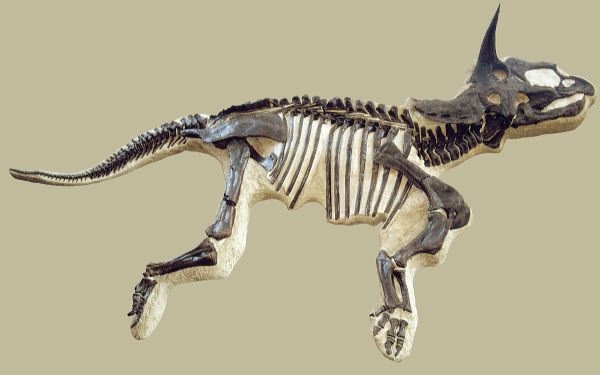
The journey of Raymond from its discovery to its current display at the National Museum of Nature and Science is a story of scientific adventure and meticulous preservation. Each fossilized bone was carefully excavated, documented, and restored to ensure that Raymond could be presented to the public in a manner that is both educational and awe-inspiring. The exhibit allows visitors to marvel at the size and structure of this ancient creature, fostering a deeper appreciation for the prehistoric world.
Located in Tokyo, the National Museum of Nature and Science is renowned for its extensive collection of natural history specimens, ranging from fossils to meteorites. The inclusion of Raymond in its exhibits underscores the museum’s commitment to showcasing significant paleontological finds from around the world. The display is designed to educate visitors of all ages, with informative plaques and interactive elements that explain the significance of Triceratops and its role in the Earth’s evolutionary history.
Moreover, Raymond serves as an important educational tool, not only for the general public but also for students and researchers. School groups frequently visit the museum to learn about dinosaurs and the processes involved in fossilization, excavation, and research. The fossil provides a tangible connection to the past, making the study of natural history both engaging and accessible.
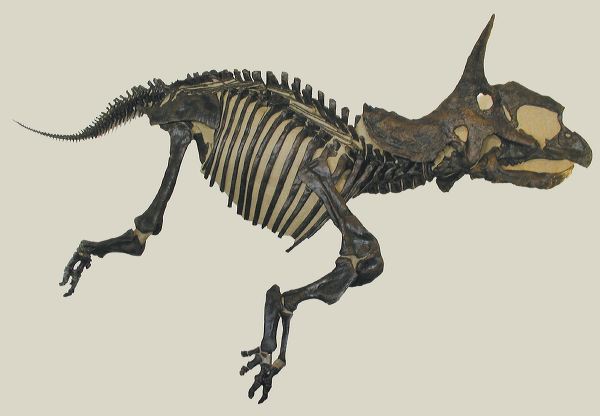
In addition to its educational impact, Raymond’s exhibit also emphasizes the importance of preserving our natural heritage. It highlights the collaborative efforts of paleontologists, curators, and educators who work tirelessly to protect and interpret these precious remnants of the past. Through exhibits like Raymond, museums play a crucial role in promoting the conservation of fossil sites and the continued study of ancient life.
In conclusion, the fossil of Triceratops named Raymond, registration number NSM-PV 20379, is a significant and fascinating exhibit at the National Museum of Nature and Science in Tokyo, Japan. This well-preserved specimen offers invaluable insights into the world of Triceratops horridus and serves as an educational cornerstone for visitors and researchers alike. Through its display, Raymond not only brings the distant past to life but also inspires future generations to appreciate and protect our planet’s rich natural history.

